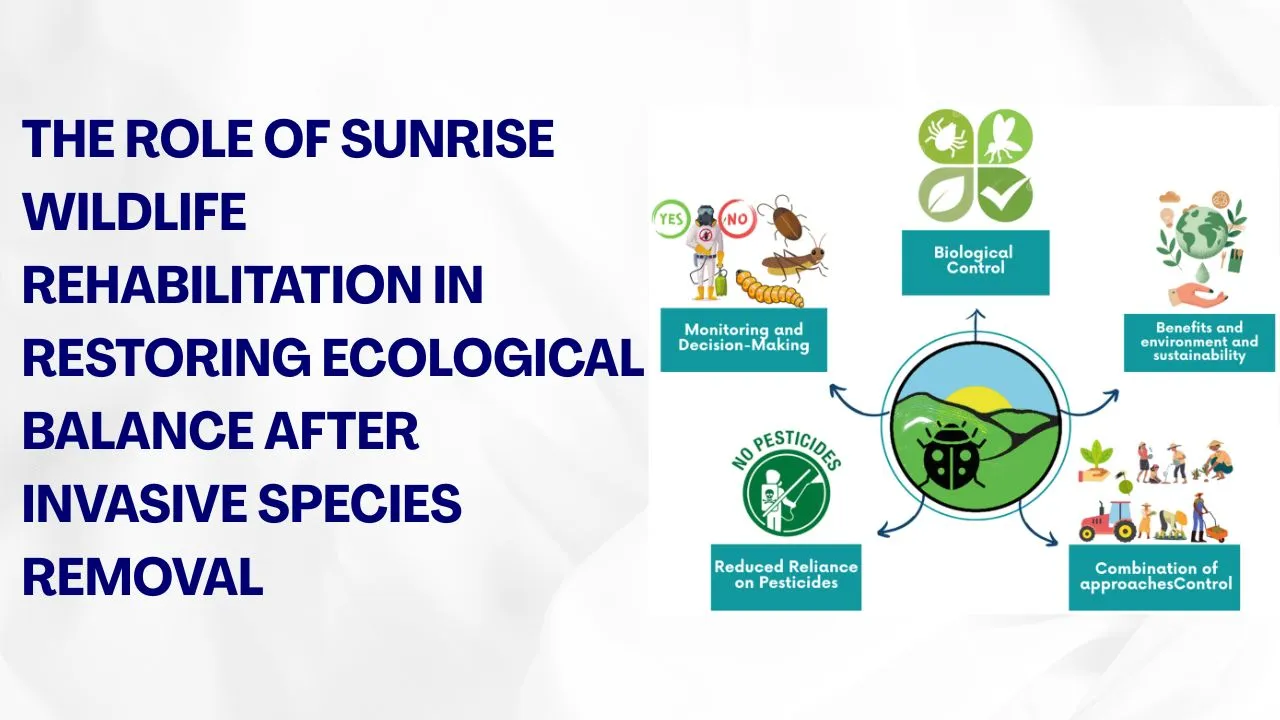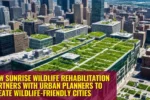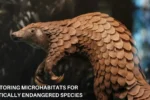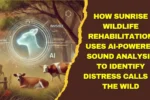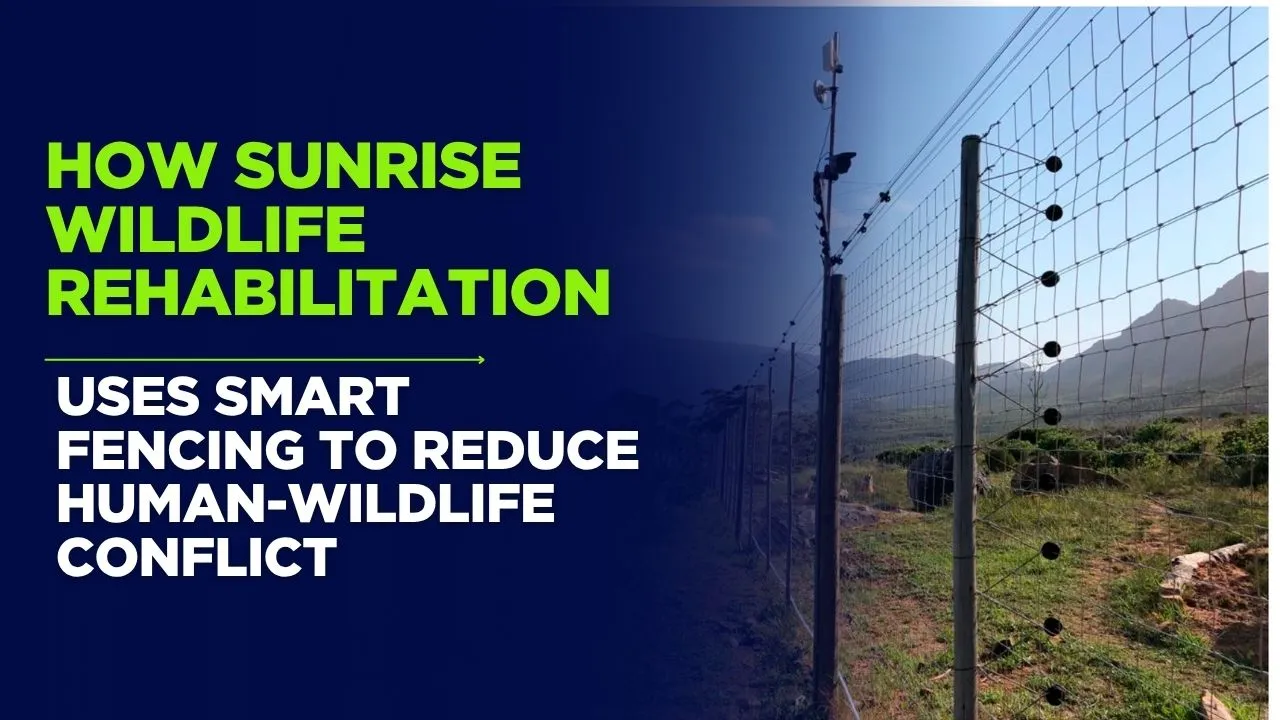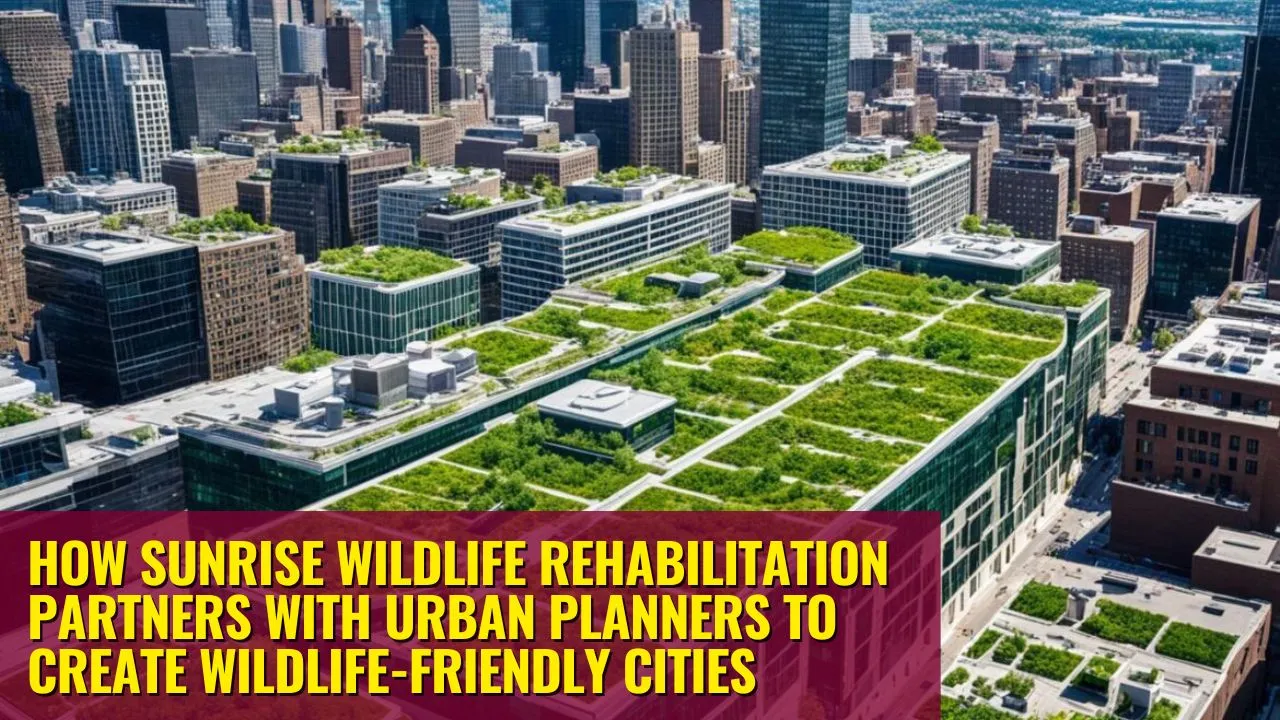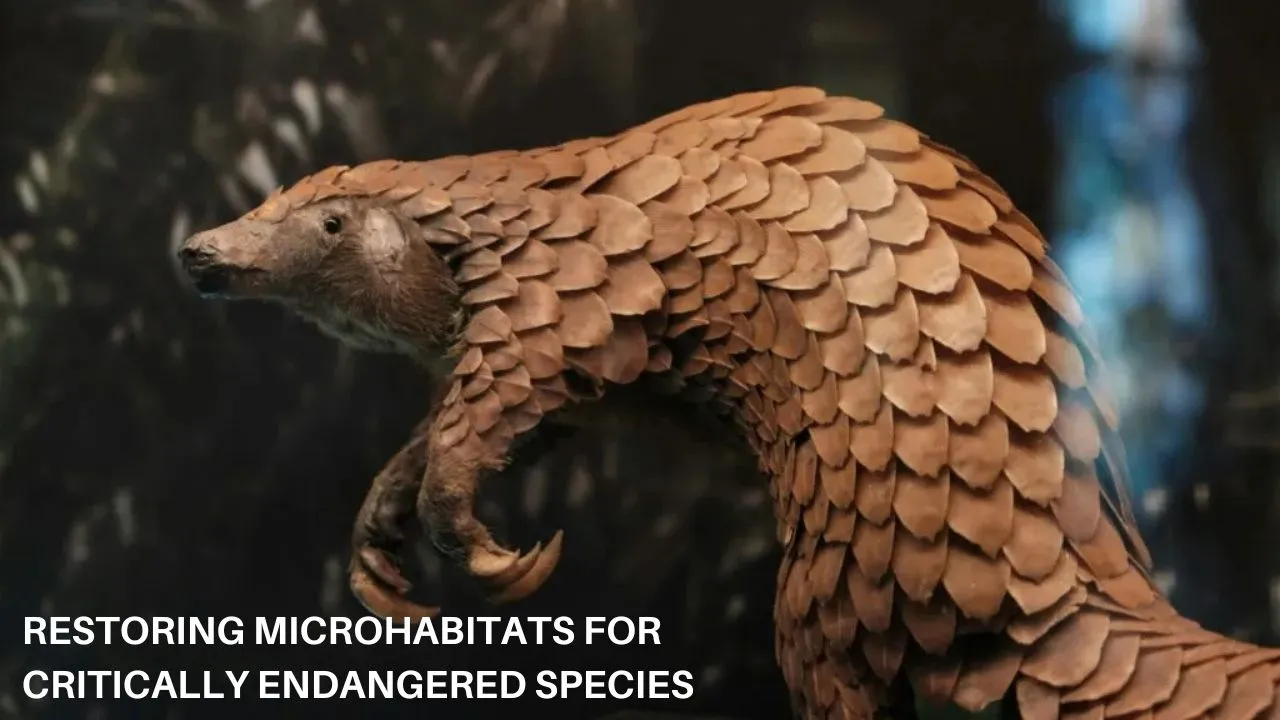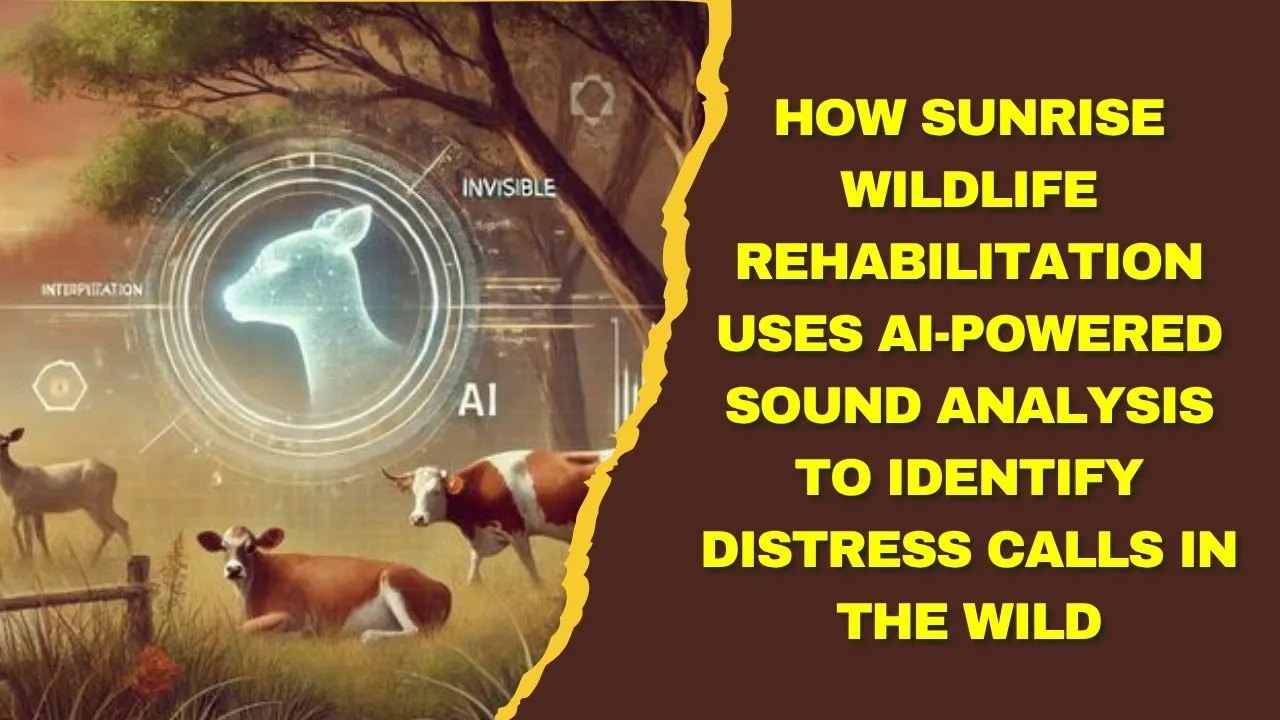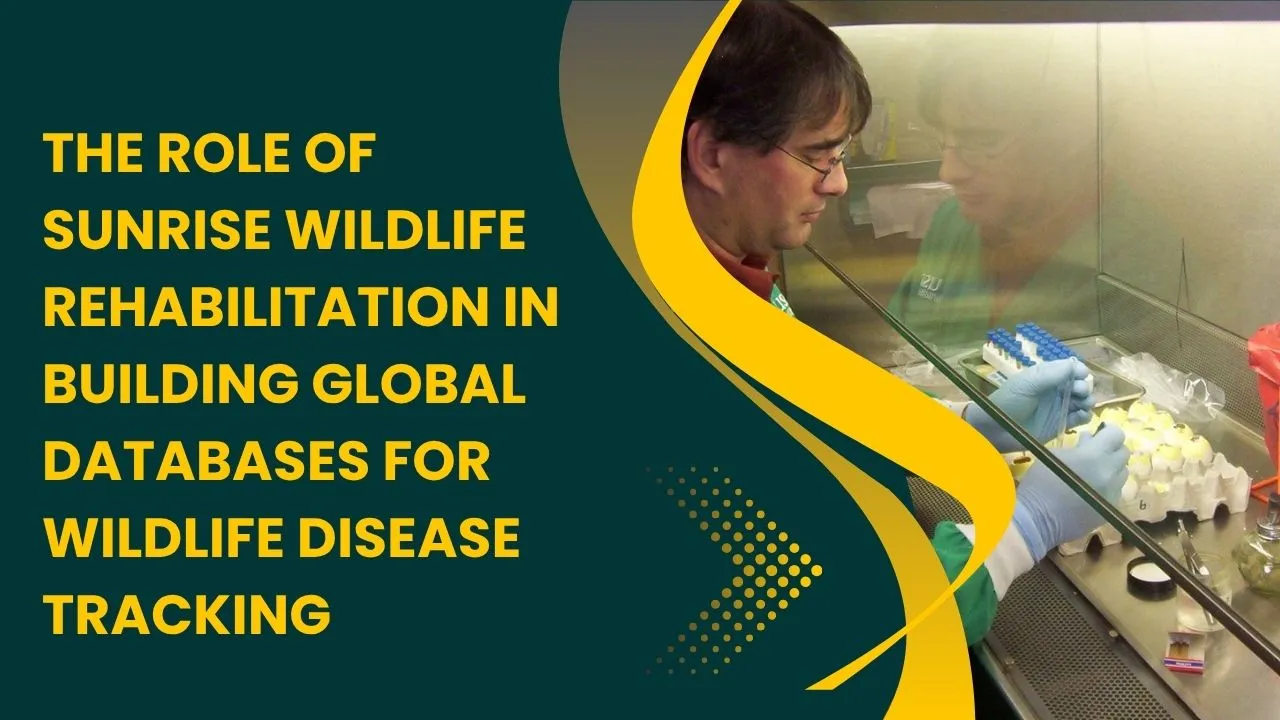Sunrise Wildlife Rehabilitation is a lifeline for ecosystems that have been disrupted by invasive species. When non-native plants or animals overtake an environment, they push native wildlife to the margins, damage natural food webs, and often leave habitats degraded. Even after these harmful species are removed, the landscape does not magically repair itself. It needs careful guidance to return to a healthy state.
This article explores how Sunrise Wildlife Rehabilitation steps in to fill that gap—helping native species recover, restoring damaged habitats, and rebuilding the intricate balance that keeps nature thriving. We will look at their role in animal care, habitat projects, partnerships, and long-term environmental monitoring, showing why their work is essential in the wake of invasive species removal.
How Sunrise Wildlife Rehabilitation Bridges the Gap in Ecosystem Recovery
When invasive species are finally controlled, the native ecosystem is often fragile and incomplete. Sunrise Wildlife Rehabilitation addresses this by providing direct care to injured or displaced animals, ensuring they can be released back into secure and supportive habitats. Their approach combines hands-on wildlife rescue with broader conservation strategies like habitat restoration and community education. By combining these efforts, they not only save individual animals but also help rebuild the biodiversity needed for a truly balanced ecosystem.
Why Ecological Balance Needs Restoration After Invasive Species Removal
Removing invasive species is only half the battle. Native plants and animals may have been reduced to small, struggling populations. Habitats might be missing essential food sources or safe breeding grounds. If left alone, these weakened systems can easily collapse again or be taken over by another invasive threat. That’s why Sunrise Wildlife Rehabilitation and similar organizations focus on active recovery—helping native species rebound and ensuring the environment supports them long term.
How Sunrise Wildlife Rehabilitation Helps Injured and Displaced Wildlife
The removal of invasive species often involves large-scale environmental changes such as controlled burns, vegetation clearing, or predator control. These actions can inadvertently harm native wildlife or leave them without shelter. At Sunrise Wildlife Rehabilitation, trained staff and volunteers provide medical treatment, nutritional support, and behavioral rehabilitation for affected animals. This could mean caring for an injured bird of prey, bottle-feeding orphaned mammals, or preparing rescued reptiles for safe release. Their goal is always to return animals to the wild as healthy, capable survivors.
Restoring Native Species Populations
One of the key steps after invasive species removal is strengthening native animal populations. Sunrise Wildlife Rehabilitation works closely with conservation agencies to release rehabilitated animals into areas that have been restored and monitored. They often target species that play critical ecological roles, such as seed dispersers, pollinators, or natural pest controllers. By boosting these populations, they help the ecosystem function more effectively and resist future invasive threats.
Habitat Restoration and Support
Healthy wildlife depends on healthy habitats. Sunrise Wildlife Rehabilitation actively participates in projects like planting native vegetation, restoring wetlands, building nesting boxes, and cleaning up waterways. These efforts create safe, resource-rich environments where released animals can thrive. Restored habitats also attract other native species, leading to a chain reaction that strengthens the entire ecosystem.
Education and Community Involvement
Rehabilitation is most effective when the local community understands its value. Sunrise Wildlife Rehabilitation engages the public through school visits, workshops, guided nature walks, and volunteer programs. They teach how invasive species harm ecosystems, why native wildlife matters, and how everyday choices—such as planting native gardens—can make a difference. Public support not only increases funding but also builds a network of environmental stewards who help protect the progress made.
Two Key Ways Sunrise Wildlife Rehabilitation Supports Recovery:
- Providing specialized medical and behavioral care for injured wildlife so they can be released successfully.
- Engaging in habitat restoration projects to ensure animals have the shelter and resources needed to survive.
Partnerships with Conservation Agencies
Large-scale ecological recovery requires teamwork. Sunrise Wildlife Rehabilitation partners with state wildlife services, environmental nonprofits, research institutions, and land management agencies. These collaborations allow for coordinated habitat restoration, shared resources, and joint wildlife monitoring projects. By pooling expertise, they achieve results that would be impossible alone.
Long-Term Monitoring and Success Measurement
Restoration doesn’t end at animal release. Sunrise Wildlife Rehabilitation participates in long-term monitoring programs that track animal survival, breeding success, and habitat changes. This ongoing assessment helps identify challenges early and adapt strategies to improve future recovery efforts. Such data-driven approaches are vital for ensuring that restored ecosystems remain healthy for decades.
The Ripple Effect on the Environment
The work of Sunrise Wildlife Rehabilitation extends far beyond individual animals. When native species return and thrive, they restore natural processes—birds spread seeds, predators keep prey populations balanced, and plants provide food and shelter for countless organisms. This ripple effect benefits soil health, water quality, and even human communities that rely on a balanced environment for agriculture and recreation.
FAQs
1. What is the main focus of Sunrise Wildlife Rehabilitation after invasive species removal?
Their focus is on helping native wildlife recover, restoring habitats, and maintaining ecological balance through ongoing care and monitoring.
2. How does Sunrise Wildlife Rehabilitation handle injured animals?
They provide medical treatment, nutrition, and rehabilitation until animals are healthy and capable of surviving in the wild.
3. Why is habitat restoration a priority?
Without suitable habitats, released animals cannot survive or contribute to ecosystem recovery, making restoration essential.
4. Does Sunrise Wildlife Rehabilitation collaborate with other organizations?
Yes, they work with conservation groups, government agencies, and research teams to expand their impact.
5. How can people support their work?
By volunteering, donating, attending educational events, and spreading awareness about the importance of protecting native wildlife.
Final Thought
The mission of Sunrise Wildlife Rehabilitation is proof that removing invasive species is just the first chapter in nature’s recovery story. The true work lies in healing injured wildlife, rebuilding their habitats, and ensuring ecosystems can stand strong against future threats. Through rescue, restoration, education, and collaboration, they offer not just hope for individual animals, but a blueprint for lasting environmental resilience. If you believe in a healthier planet, take a step—whether by learning, volunteering, or sharing this message—and be part of the change.
